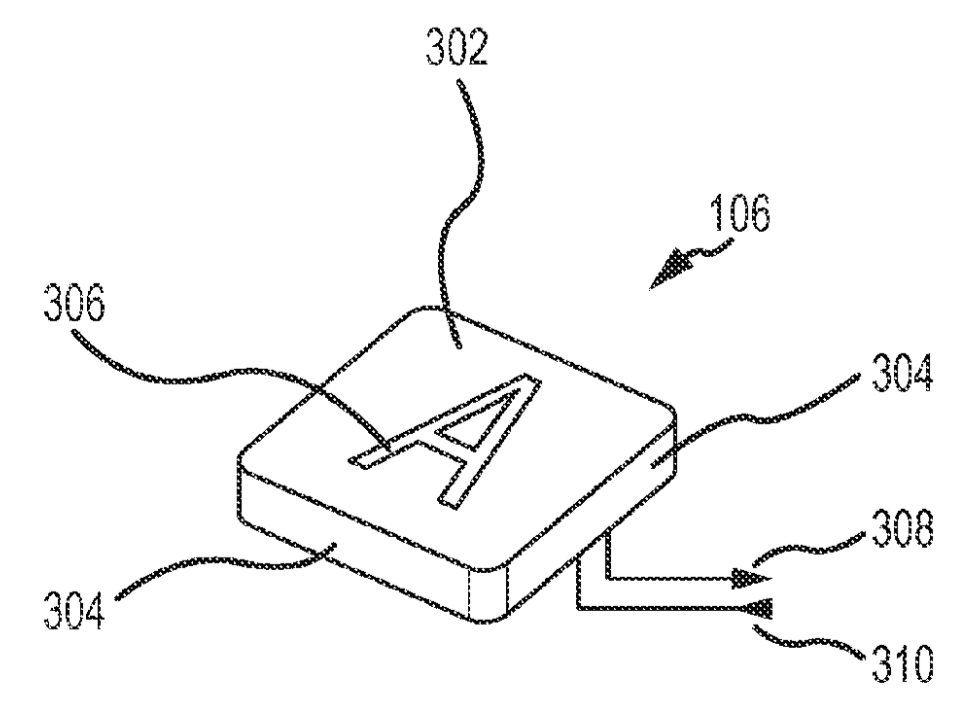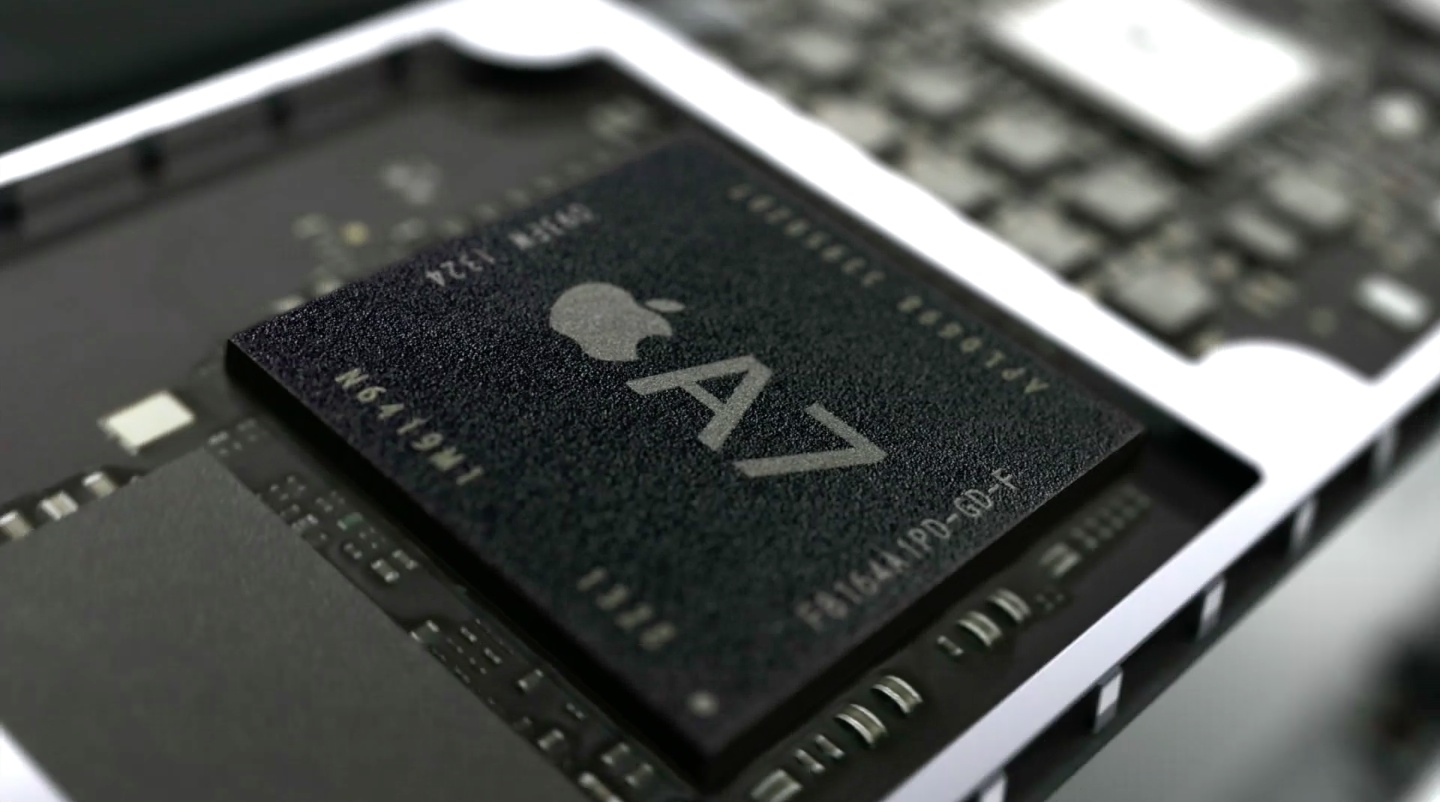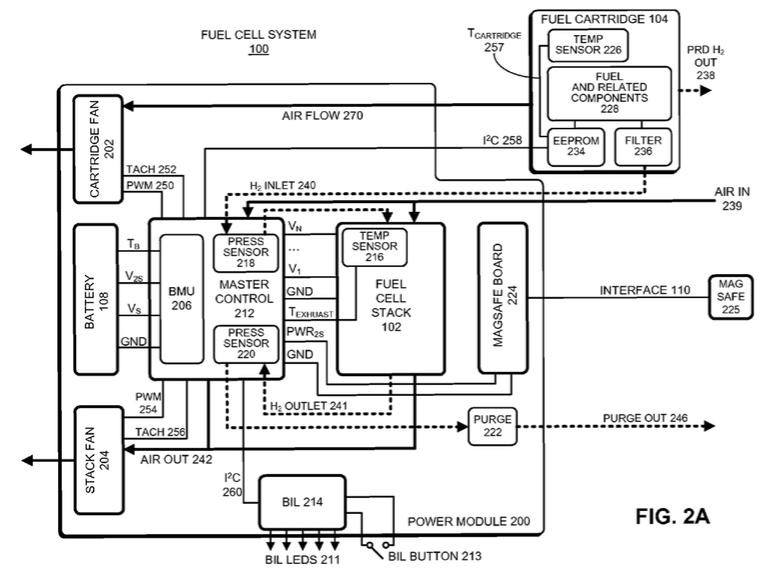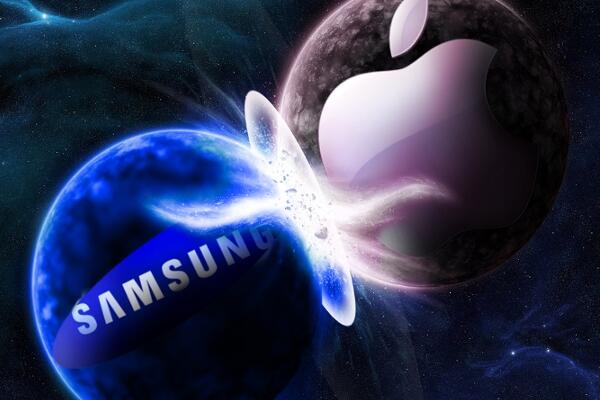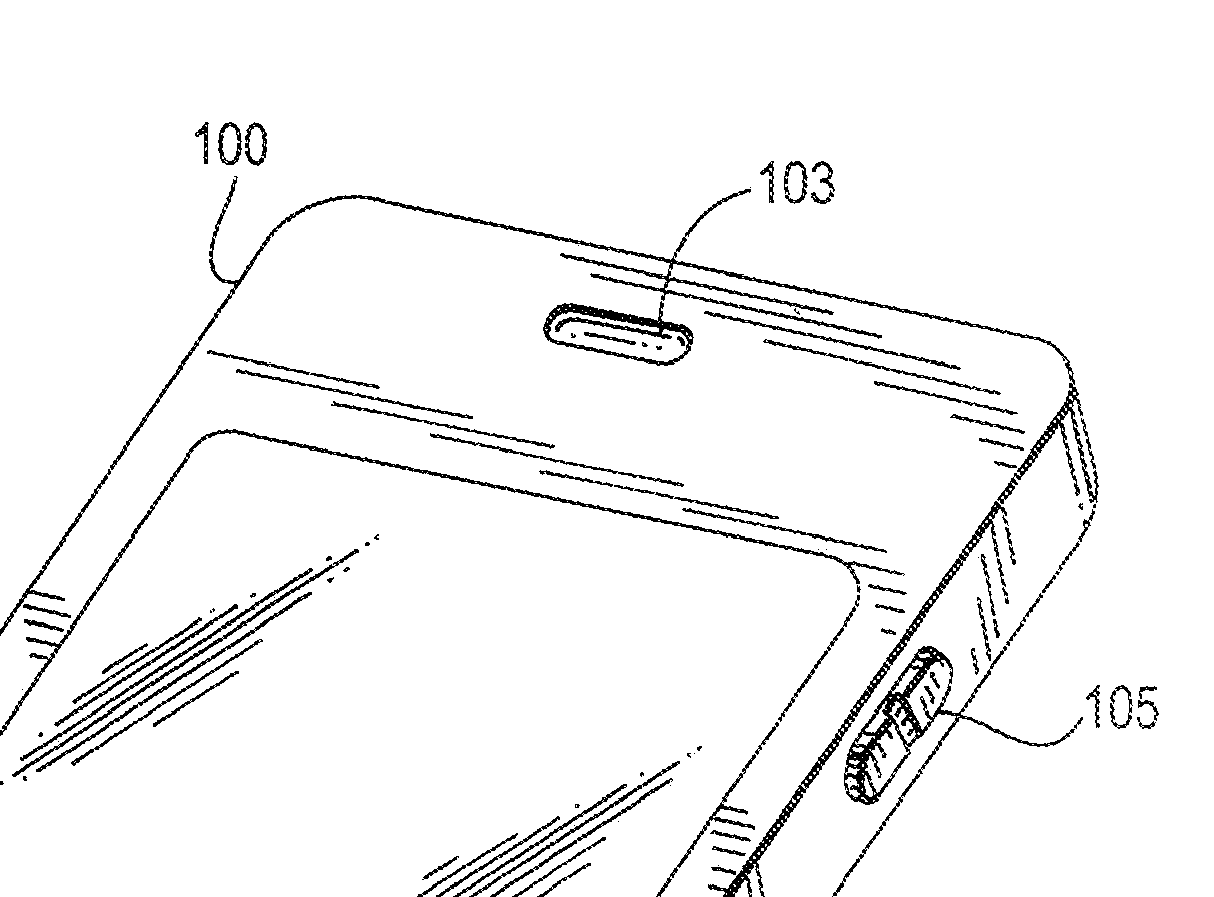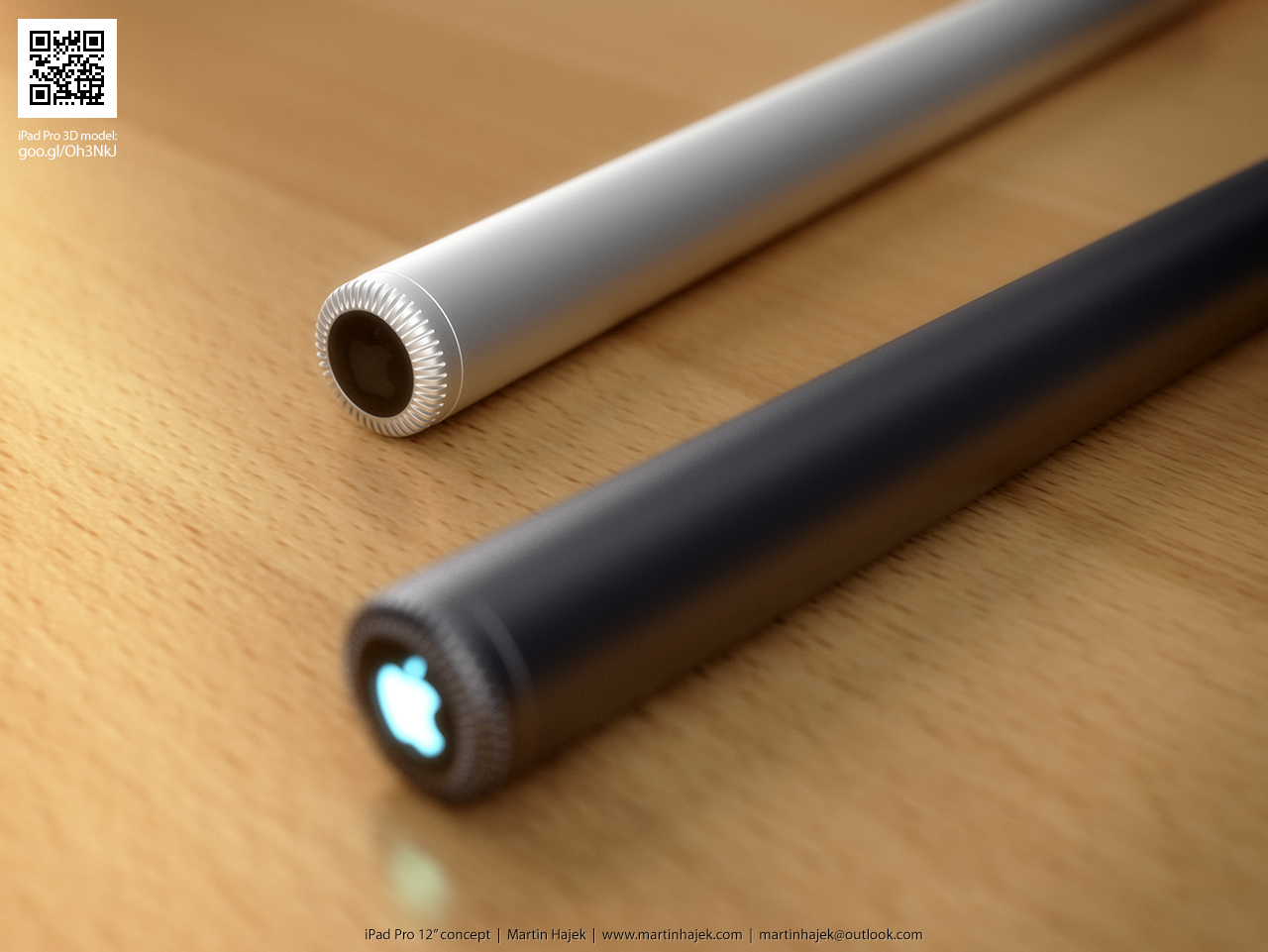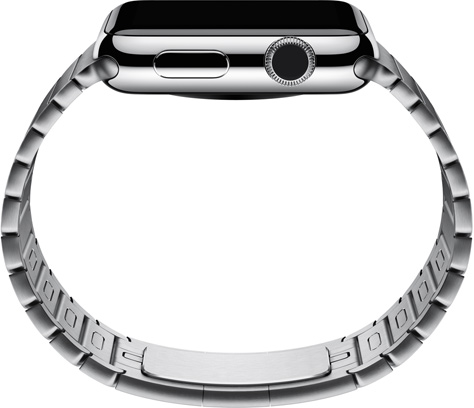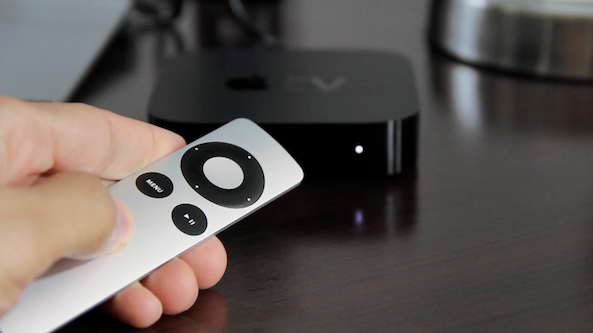Apple has submitted a new patent application with the United States Patent & Trademark Office (USPTO) Thursday that would make the iPhone more secure by allowing users to place their device in a lock-down mode simply by putting a certain finger on the Touch ID fingerprint sensor.
Titled “fingerprint activation of a panic mode of operation for a mobile device,” it describes unlocking a Touch ID device with a specific finger to activate a special lock-down mode that would make personal data stored on the device inaccessible to the user, or activate different modes of operation based on the particular fingerprints.

